Expansion of E-commerce Platforms
The proliferation of e-commerce platforms is a significant driver for the Aerosol Spray Steriliser Market. As consumers increasingly turn to online shopping for convenience, the accessibility of aerosol spray sterilisers through various digital channels is enhancing market reach. Data indicates that online sales of hygiene products, including aerosol sterilisers, have seen a remarkable increase, with estimates suggesting a growth rate of over 15% in the e-commerce sector. This shift not only facilitates consumer access to a wider range of products but also allows for competitive pricing and promotional offers. Retailers are capitalizing on this trend by optimizing their online presence, which is likely to further boost the Aerosol Spray Steriliser Market. The convenience of home delivery and the ability to compare products online are expected to drive consumer preference towards purchasing aerosol sterilisers through e-commerce.
Increased Demand for Hygiene Products
The rising awareness regarding hygiene and cleanliness is a primary driver for the Aerosol Spray Steriliser Market. Consumers are increasingly seeking effective solutions to maintain sanitary environments, particularly in households and commercial spaces. This trend is reflected in market data, which indicates a steady growth rate of approximately 7% annually in the hygiene product sector. The demand for aerosol spray sterilisers is likely to surge as individuals prioritize health and safety, leading to a broader acceptance of these products in everyday use. Furthermore, the convenience and ease of application associated with aerosol sprays enhance their appeal, potentially driving sales in both retail and online platforms. As consumers become more discerning about the products they use, the Aerosol Spray Steriliser Market is poised to benefit from this heightened focus on hygiene.
Rising Awareness of Infectious Diseases
The growing awareness of infectious diseases is a pivotal driver for the Aerosol Spray Steriliser Market. As public health campaigns emphasize the importance of sterilisation in preventing the spread of pathogens, consumers are becoming more proactive in their hygiene practices. This heightened awareness is reflected in market trends, with a notable increase in the purchase of aerosol sterilisers for both personal and professional use. Data suggests that the market for disinfectants and sterilisation products is projected to grow at a compound annual growth rate of around 8% over the next few years. The Aerosol Spray Steriliser Market is likely to capitalize on this trend, as consumers seek effective solutions to mitigate health risks associated with infectious diseases. The emphasis on personal and public health is expected to drive sustained interest in aerosol sterilisers.
Regulatory Support for Hygiene Standards
Regulatory frameworks promoting hygiene standards are playing a crucial role in shaping the Aerosol Spray Steriliser Market. Governments and health organizations are increasingly advocating for stringent hygiene practices across various sectors, including healthcare, food service, and hospitality. This regulatory support is likely to drive demand for aerosol spray sterilisers, as businesses seek to comply with health and safety regulations. Market data indicates that sectors such as food processing and healthcare are experiencing heightened scrutiny regarding cleanliness, leading to increased adoption of sterilisation products. Consequently, the Aerosol Spray Steriliser Market stands to benefit from these regulatory initiatives, as they create a conducive environment for the growth of hygiene-related products. The emphasis on maintaining high hygiene standards is expected to sustain demand for aerosol sterilisers in the foreseeable future.
Technological Innovations in Formulations
Technological advancements in the formulation of aerosol spray sterilisers are significantly influencing the Aerosol Spray Steriliser Market. Innovations such as the development of eco-friendly and non-toxic ingredients are becoming increasingly prevalent. These advancements not only cater to consumer preferences for safer products but also comply with stringent regulatory standards. Market data suggests that products featuring advanced formulations are gaining traction, with a notable increase in sales attributed to their effectiveness and safety. Additionally, the integration of smart technology in aerosol dispensers is emerging, allowing for more precise application and dosage. This evolution in product design and functionality is likely to attract a broader consumer base, thereby enhancing the growth prospects of the Aerosol Spray Steriliser Market.


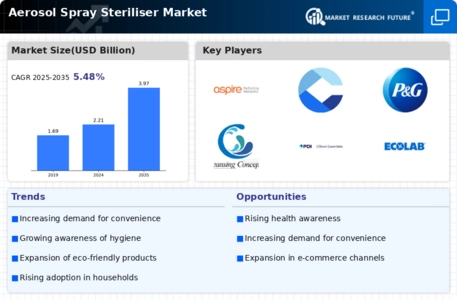
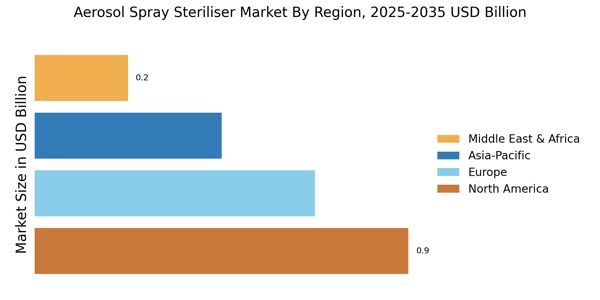
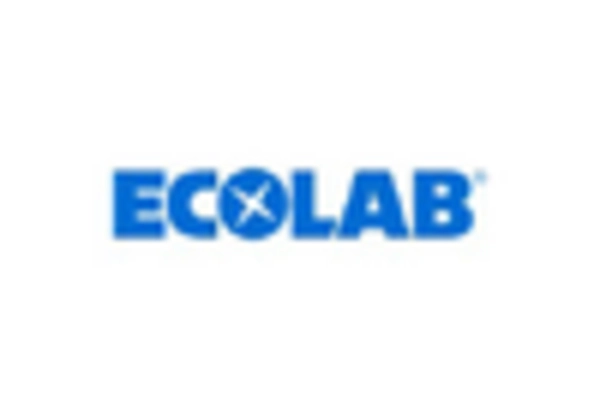
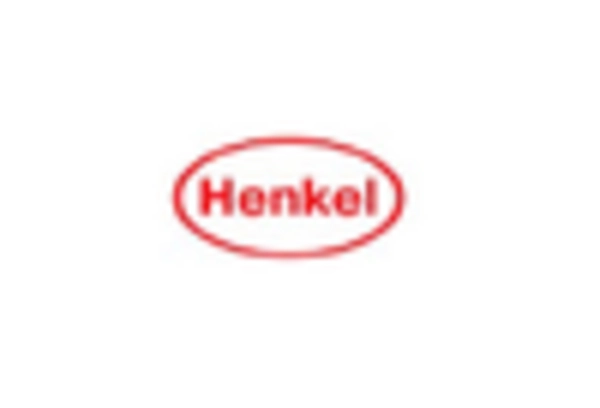
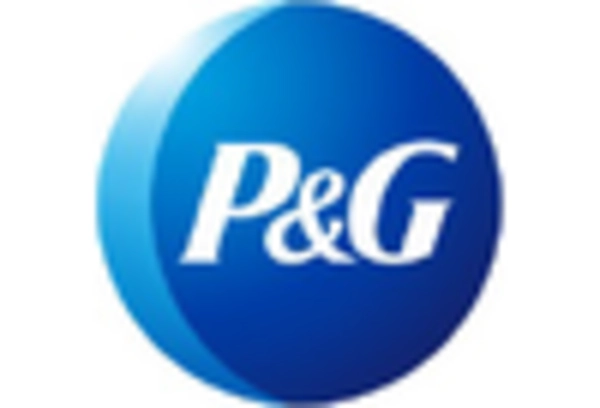
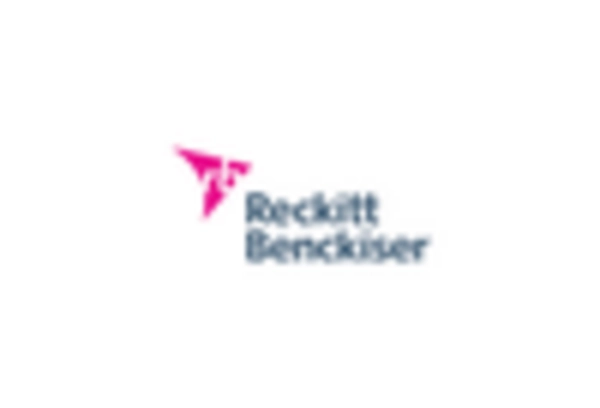
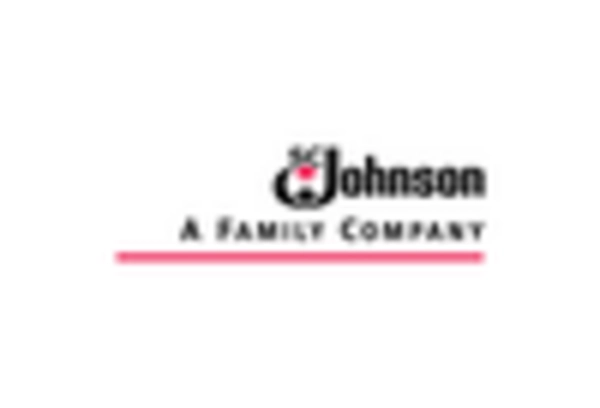









Leave a Comment